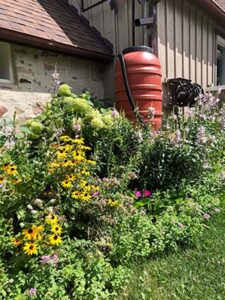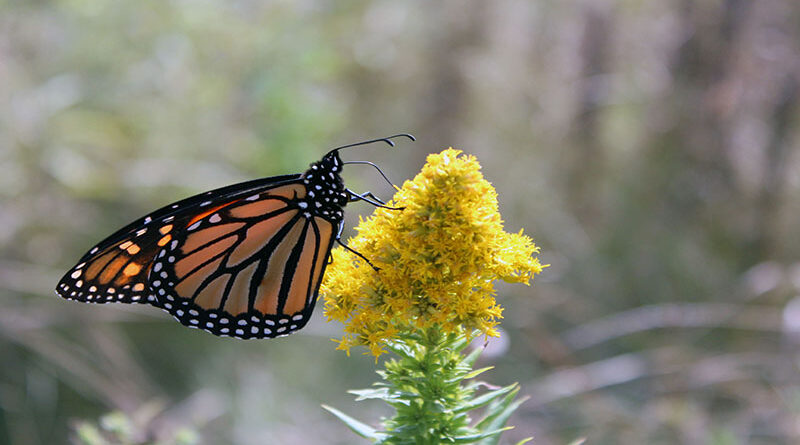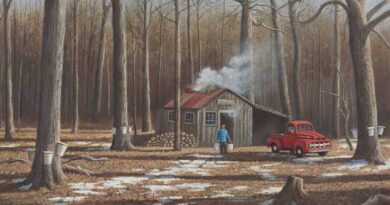Top 5 Ways to Manage Drought Conditions at the Cottage
Don’t let drought put a damper on your time at the cottage this summer.
We depend on water, and we can take care to enjoy it responsibly.
Here are some tips for dealing with drought and for helping you conserve water all year ‘round.
1. Manage your shoreline property naturally
Plant drought-tolerant, native trees and wildflowers along shorelines and in cottage gardens; they are adapted to local conditions including the fluctuations we experience during a hot, dry summer. They need very little watering or maintenance, giving you more time to sit back and enjoy the view!
A variety of native and drought-tolerant plants are available for purchase at GreenUP Ecology Park in Peterborough. Watch for the Otonabee Conservation Tree Seedling Sale starting each year in January; you can choose from over 50 native species.
2. Re-use the rain!
Collecting rainwater is a simple and effective way to reduce your water use at the cottage. Rain barrels or other containers that are placed under a downspout can collect rainwater for future use.

By using rainwater, you will provide your flowers with what they prefer, and you’ll also save your well or drinking water for its intended use.
3. Be water efficient
Did you know it is possible to reduce a household’s water consumption by more than 40% by changing some habits and updating fixtures?
• Check to make sure your toilet’s flapper isn’t leaking, and the handle isn’t sticking in the flush position
• Install a shower head that has a trickle feature or turn off the water while soaping up
• Only wash full loads of laundry or dishes
4. Manage your water supply
Many cottages receive their water supply from a well. Water wells are naturally replenished with rainfall. During drought, the amount of water you use can impact your neighbours – water is a shared resource!
Check with your local municipality for details about outdoor water use bylaws and watering restrictions.
5. Stay informed and aware
Otonabee Conservation work with many partners as part of the Ontario Low Water Response Program, analysing temperature and precipitation data along with stream flow and water demand observations to detect low water occurrences across the watershed.
To find out if we are experiencing drought conditions, or to view low water alerts in the Otonabee Region watershed,
visit otonabeeconservation.com.
Karen Halley, Otonabee Conservation




